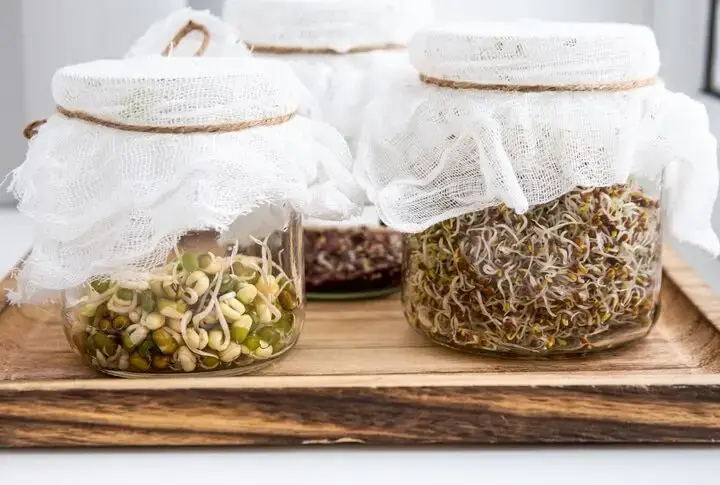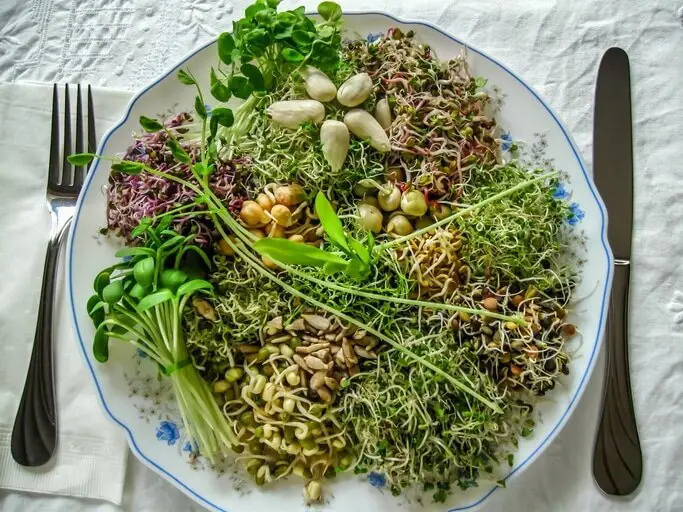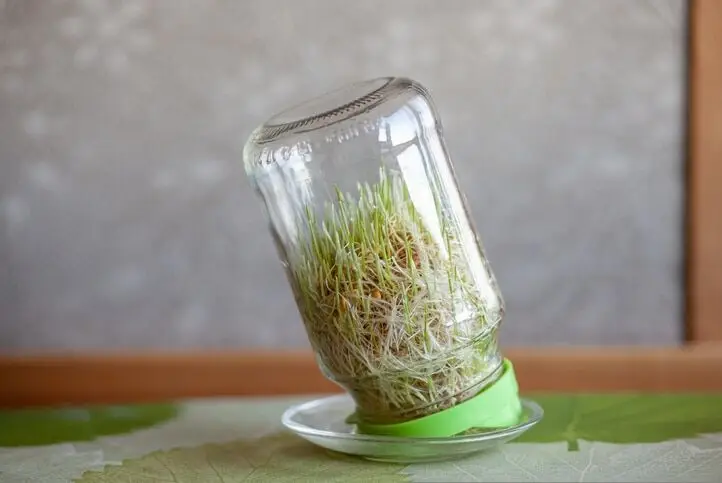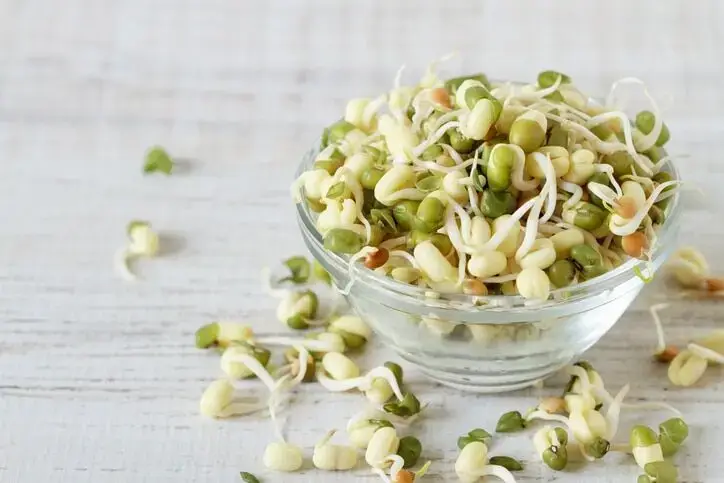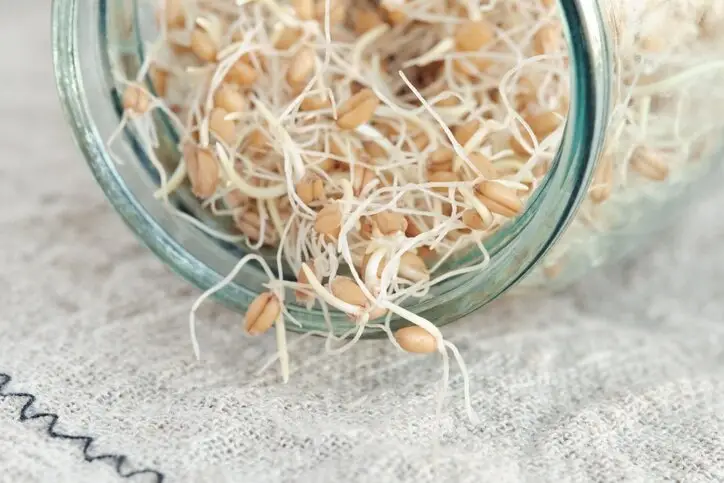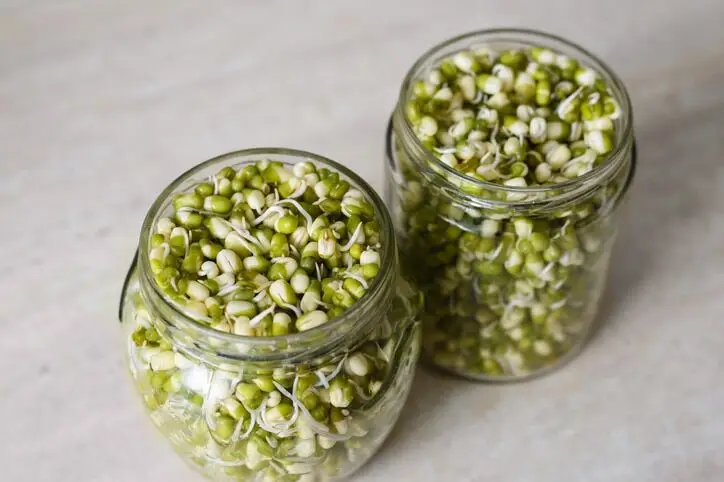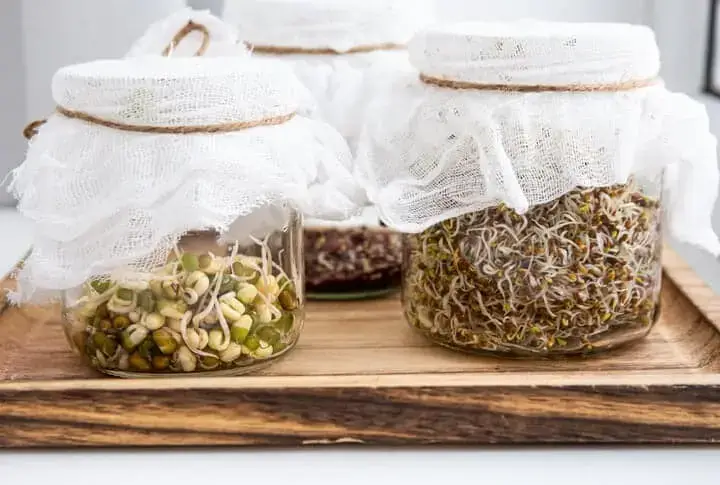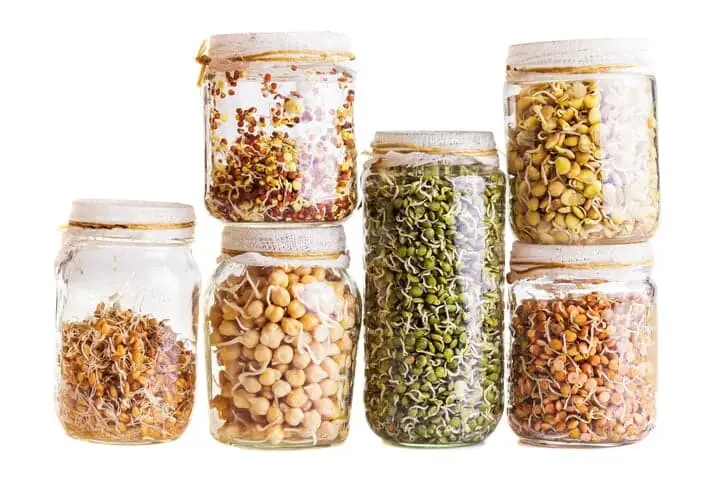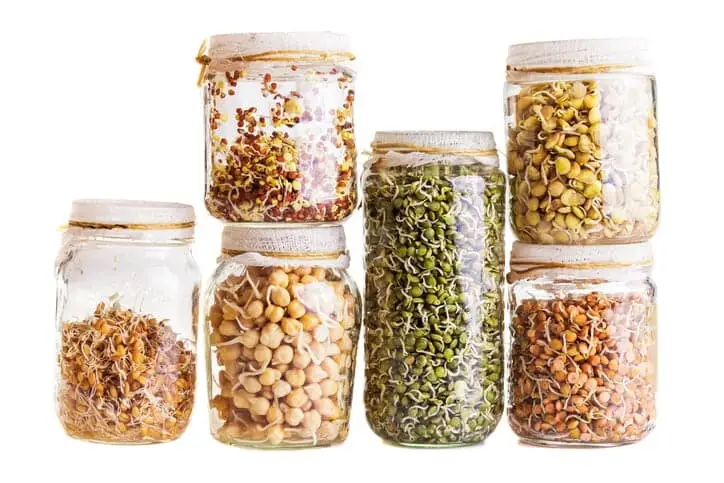Sprouting for Kids: Encouraging Healthy Eating Habits

Introduction: Instilling healthy eating habits in children is essential for their growth, development, and overall well-being. Introducing them to sprouts, those tiny nutrient-packed powerhouses, can be an exciting way to cultivate their interest in healthy foods. Sprouting offers a fun and interactive experience that allows kids to witness the magic of nature while providing numerous nutritional benefits. In this article, we’ll explore the importance of sprouting for kids and offer practical tips to encourage their engagement with sprouts and healthy eating habits.
The Benefits of Sprouts for Kids
Sprouts are an excellent addition to a child’s diet due to their high nutritional content and several benefits that support their growth and development:
a. Rich in Nutrients: Sprouts are loaded with essential vitamins, minerals, enzymes, and antioxidants. These nutrients are crucial for children’s physical and cognitive development, immune function, and overall health.
b. Digestive Health: Sprouts are easy to digest and can support children’s digestive health. They contain enzymes that aid in the breakdown of complex nutrients, making them more accessible and gentle on young digestive systems.
c. Immune Support: The vitamins and antioxidants present in sprouts help strengthen children’s immune systems, reducing the likelihood of illnesses and promoting their overall well-being.
d. Texture and Taste: Sprouts offer a unique texture and mild flavor that can be appealing to kids. Their crispness and fresh taste make them an exciting addition to various meals and snacks.
Introducing Sprouts to Kids
To make sprouts enticing for children, it’s essential to introduce them in a fun and engaging way. Here are some practical tips to get kids excited about sprouts:
a. Hands-On Experience: Involve children in the sprouting process from start to finish. Allow them to soak the seeds, rinse them daily, and witness the transformation as sprouts emerge. This hands-on experience will spark their curiosity and sense of accomplishment.
b. Grow Their Own: Allocate a small space for kids to grow their own sprouts. Provide them with child-friendly sprouting kits or containers and let them take charge of the process. This ownership and responsibility will enhance their enthusiasm and connection to the sprouting journey.
c. Visual Appeal: Create a visually appealing display of sprouts by using colorful varieties such as radish, broccoli, or sunflower sprouts. Arrange them on a plate or in transparent containers to showcase their vibrant colors and encourage children to explore them further.
d. Creative Presentation: Serve sprouts in creative ways that appeal to children’s senses. Use sprouts as toppings for sandwiches, wraps, or salads. Turn sprouts into “sprout monsters” by adding eyes and mouths made from healthy ingredients. The visual appeal and interactive aspect will make sprouts more appealing and enjoyable for kids.
e. Fun Recipes: Incorporate sprouts into kid-friendly recipes such as smoothies, sprout wraps, or mini sprout salads. Encourage children to get involved in meal preparation and allow them to experiment with different combinations of flavors and textures.
Nutritional Education
Teaching kids about the nutritional benefits of sprouts can empower them to make healthy food choices. Here are some strategies to promote nutritional education:
a. Storytelling: Share stories or books that highlight the importance of healthy eating and the journey of sprouts. Engage children’s imaginations and make the learning process enjoyable.
b. Label Reading: Involve kids in reading labels and understanding the nutritional information on sprout packaging or fresh produce. Teach them to identify nutrients and explain their significance in supporting their overall health.
c. Fun Facts: Share interesting facts about sprouts and their nutritional benefits in a playful manner. For example, you can talk about how sprouts contain more vitamin C than oranges or how they are like tiny superhero plants packed with superpowers.
Role Modeling and Family Involvement
Children are more likely to embrace healthy eating habits when they see their parents and caregivers as role models. Here’s how you can promote sprouting and healthy eating as a family:
a. Lead by Example: Incorporate sprouts into your own meals and snacks, showcasing your enjoyment of these nutrient-rich foods. Children often mimic the eating habits of their parents, so your enthusiasm can be contagious.
b. Family Mealtime: Make mealtime a positive and enjoyable experience for the whole family. Prepare meals together and include sprouts as part of the shared menu. Encourage open discussions about the flavors, textures, and health benefits of sprouts to create a positive association.
c. Garden and Nature Connection: If possible, involve children in gardening activities, whether it’s growing sprouts indoors or tending to a vegetable garden. Engaging with nature and witnessing the growth process firsthand instills a sense of appreciation for fresh, wholesome foods.
Safety Considerations
While sprouts are generally safe to consume, it’s crucial to follow safety guidelines, especially when involving children:
a. Cleanliness: Emphasize the importance of cleanliness during the sprouting process. Teach children to wash their hands thoroughly before handling sprouts and to use clean utensils and containers.
b. Hygiene Practices: Explain the necessity of rinsing sprouts thoroughly with clean water to remove any residual seed coats or debris. Emphasize the importance of proper drainage to prevent excess moisture and reduce the risk of bacterial growth.
c. Quality Seeds: Ensure that you source high-quality sprouting seeds from reputable suppliers. Opt for organic and specifically labeled sprouting seeds to minimize the risk of contamination.
Conclusion
Introducing sprouts to children can have a positive and lasting impact on their nutritional intake and overall health. By incorporating sprouts into their diet, children can experience the joy of growing and consuming their own food while enjoying the numerous health benefits.
Through hands-on experiences, creative presentations, and nutritional education, children can develop an appreciation for sprouts and healthy eating habits that will benefit them throughout their lives. By being role models, involving the whole family, and promoting a positive mealtime environment, parents and caregivers can foster a love for sprouts and create a foundation for lifelong healthy eating.
So, let’s embark on this sprouting journey with our children, sowing the seeds of health, nutrition, and enjoyment that will grow with them for years to come.


